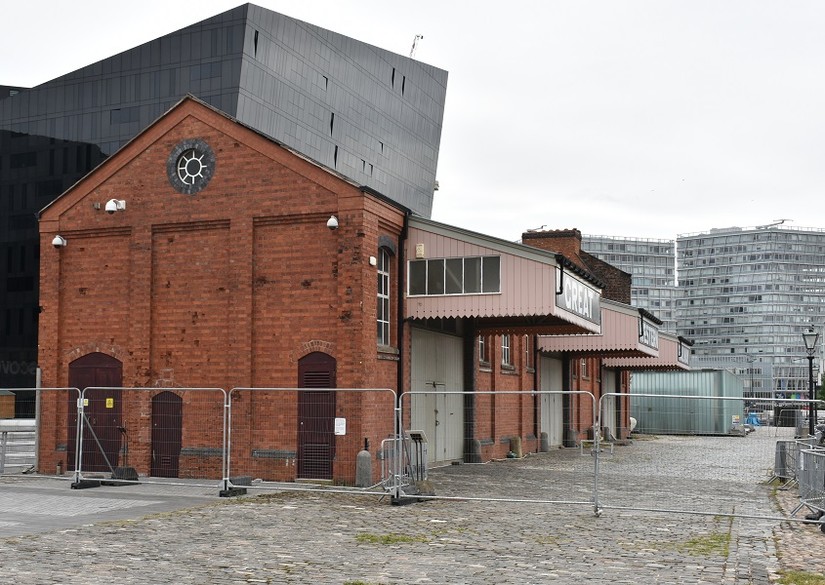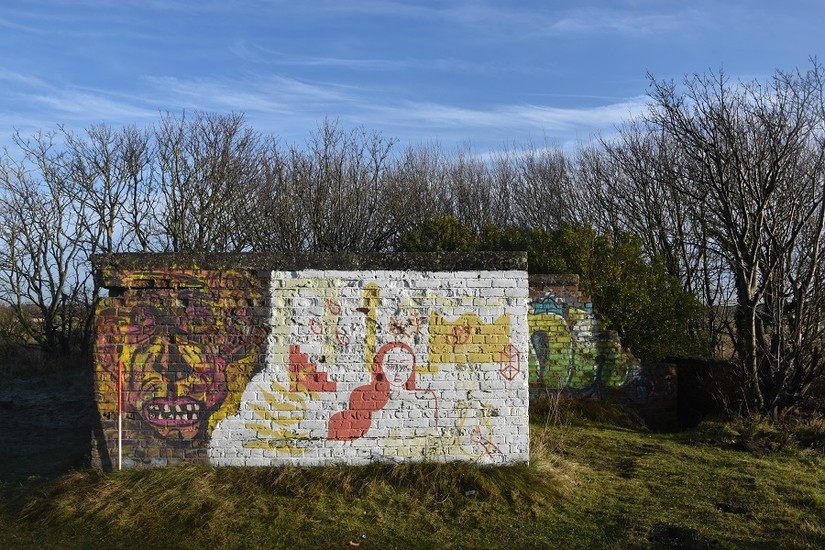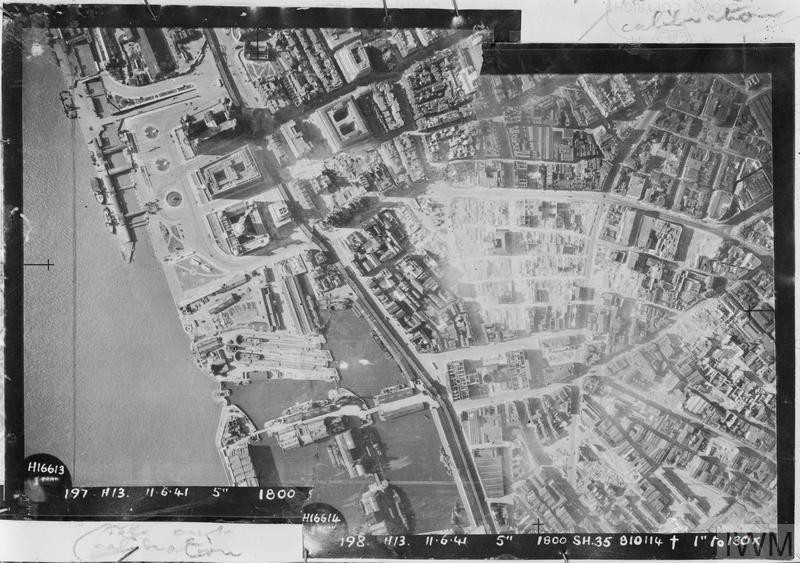Blitz defence at Formby
02/03/2020 | Andy Sherman
By the beginning of the 20th century Liverpool had become one of the largest ports in the country with thousands of tons of cargo being offloaded onto the City's wharves. As a result Merseyside was a siginifcant target for Luftwaffe bombing at the start of the Second World War and depending on how you calcuate the damage Liverpool was the second most heavily bombed city in the United Kingdom after London. Liverpool expericed its first bombing raid of the blitz in August 1940 and by Christmas of that year had been attacked a further 50 times. In an effort to protect Liverpool and the surrounding area from attack hydrogen-filled barrage balloons were flown across the landscape, anti-aircraft batteries were built to shoot down incoming bombers and figther planes flew out of airfields at Speke, Cranage, Tern Hill, High Ercall, Wrexham, Anglesey and Blackpool aiming to intercept the bombers before they reached their targets.

Fourteen bombing decoys were also built around the edges of Merseyside, designed to lure Luftwaffe bombers away from their intended targets, including one at Formby. The bombing decoy at Formby was both a 'QL' site designed to mimic poorly blacked out docks and railway sidings with electric lights and a 'Star Fish' decoy, which was desinged to replicate an urban area already bombed by a Luftwaffe pathfinder squadron. This was achieved by igniting baskets of flammable material, alongside troughs of boiling and burning oil. The 'QL' decoy was built in December 1940 and the 'Star Fish' element was added slightly after this. Both parts of the decoy were designed to protect the northern part of Bootle Docks.

The above photograph is slightly misleading as it would have been surrounded by a large earth mound to provide the crew with more protection from falling ordnance. The brick and concrete element of the shelter measures 4.08m by 6.08m in size and consited of two chambers seperatred by a short passageway that lead to an access corrdior through the earth mound. At the end of the corridor was a blast wall to protect occupants from debry flying into the shelter.


It's difficult to assess how effective the bombing decoy at Formby was without exstensive research in the National Archives. (We hope to be able to achieve this research before the project is completed.) However, the decoy does appear to have lured at least some bombers away from attacking Bootle Docks as Hitoric England identified several possible bomb craters dotted around the site from aerial photographs taken in the 1980s.
If you would like to know more about the bombing decoys built at Formby or how they fitted into the overall defence of Merseyside during the Second World Way come along to Chris's talk at Formby library on the 10th March.








